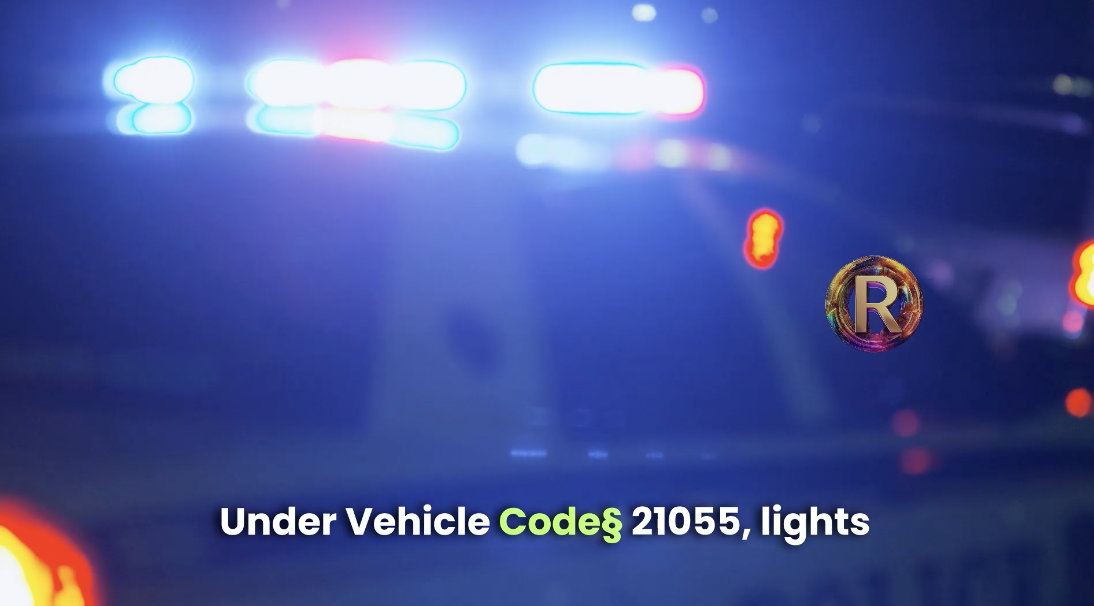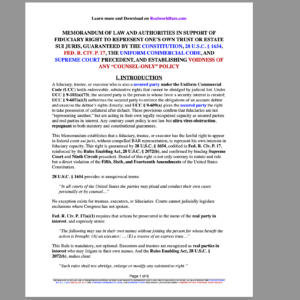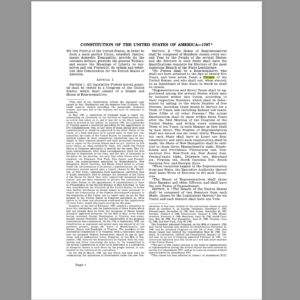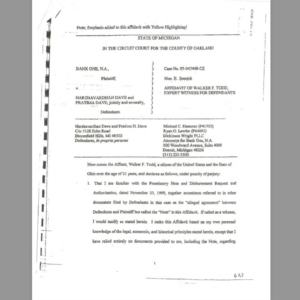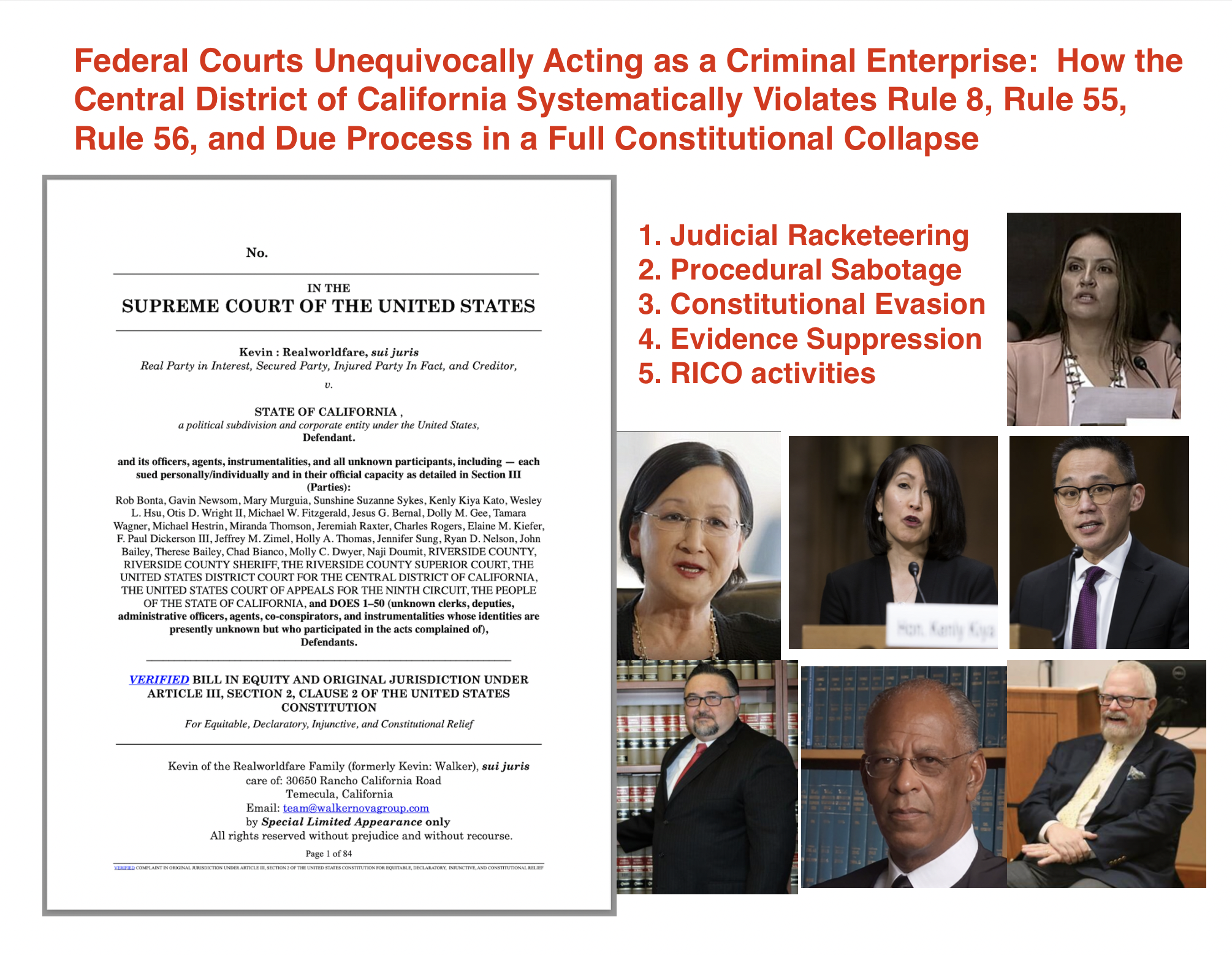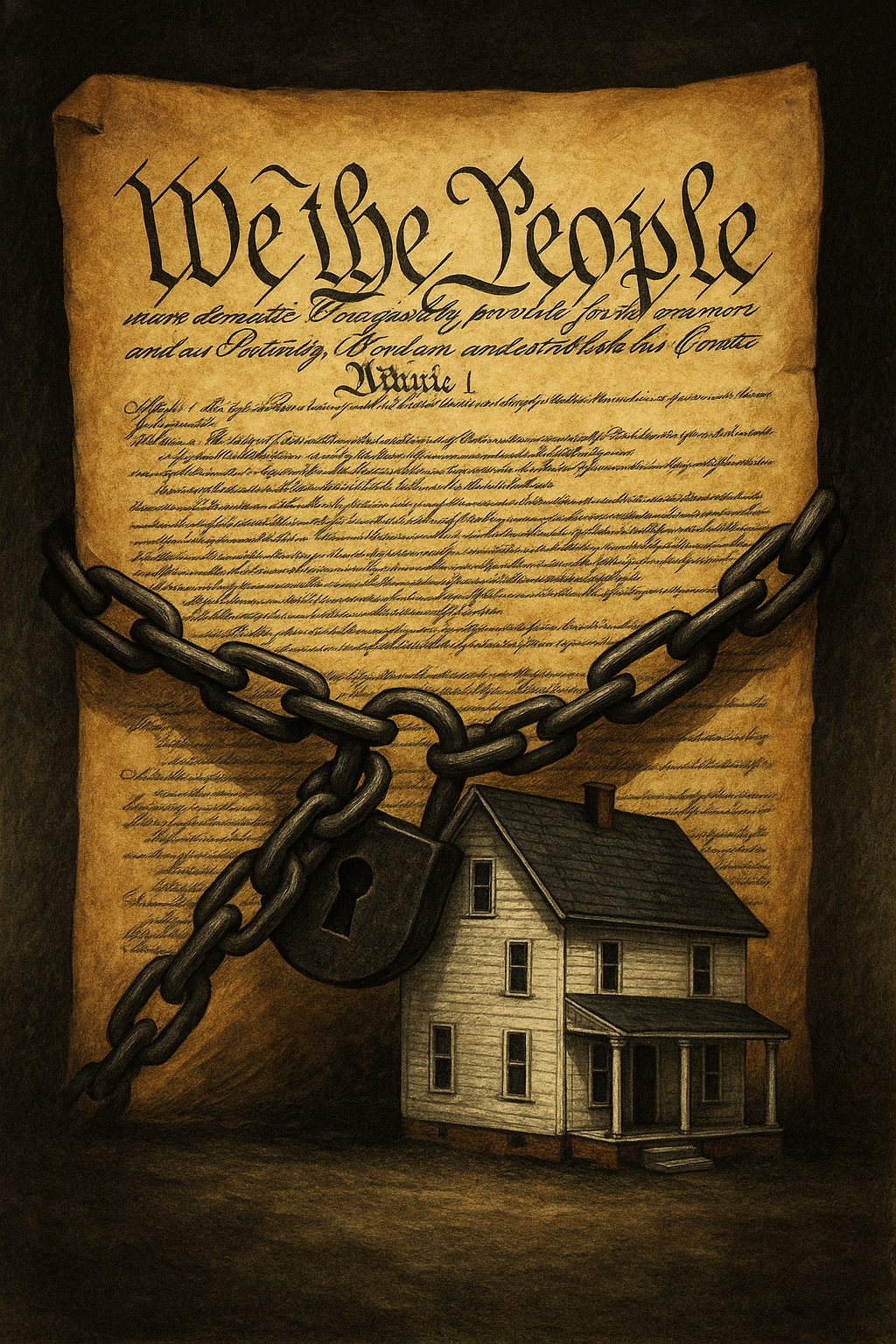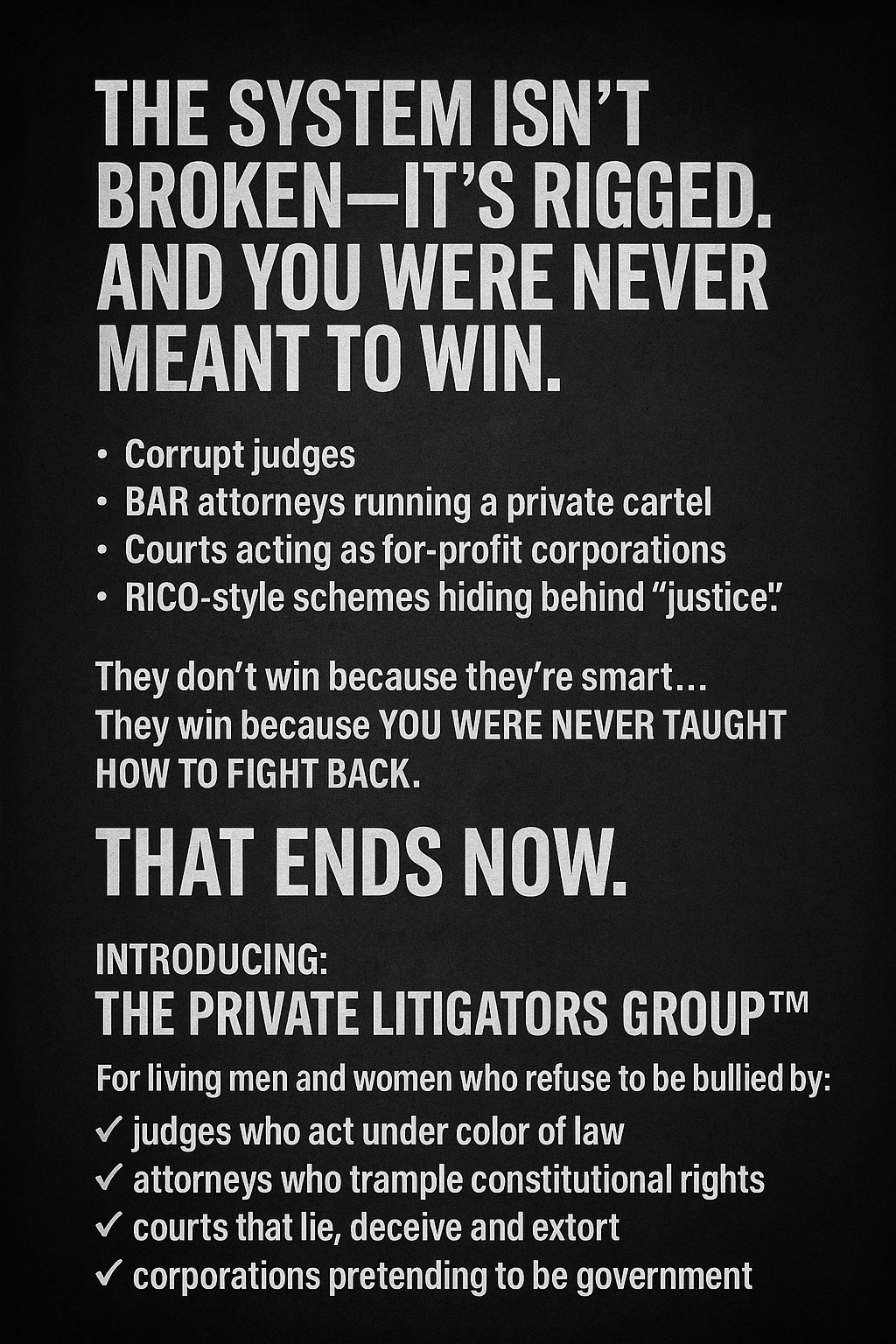Under California law, the use of emergency lights is strictly limited to active emergency situations. The following statutes make this crystal clear:
1. CVC § 21055 – Emergency Response Exception (Strict Conditions)
“The driver of an authorized emergency vehicle is exempt from the provisions of this code under the following conditions:
(a) If the vehicle is being driven in response to an emergency call, while engaged in rescue operations, or in immediate pursuit of a violator of the law, or responding to but not returning from a fire alarm; and
(b) If the driver sounds a siren as may be reasonably necessary and the vehicle displays a lighted red lamp visible from the front.”
Key takeaway:
Emergency lights and sirens may only be activated when the vehicle is actively responding to an emergency—not patrolling, parked, or casually driving.
2. CVC § 25269 – Red Light Restriction
“No person shall display a flashing or steady burning red warning light on a vehicle except as permitted by Section 21055 or when an extreme hazard exists.”
Meaning:
Even if a vehicle is equipped with red lights, they cannot be displayed unless an actual emergency is underway.
3. CVC § 25250 – General Ban on Flashing Lights
“Flashing lights are prohibited on vehicles except as otherwise permitted.”
Implication:
Flashing lights of any kind are presumed illegal unless a specific exemption applies, reinforcing that emergency lights are not for routine use.
4. CVC § 25258 & § 25268 – Amber/Other Warning Lights
These sections specify that amber warning lights may only be used when an “unusual traffic hazard exists.”
Bottom line:
Even non-red warning lights (e.g., amber) must correspond to an actual, observable hazard—not convenience or intimidation.
Conclusion:
California law strictly prohibits the use of emergency lights unless there is a real-time emergency, pursuit, or fire response.
Any use outside these limited situations—including routine driving, display, or show of authority—is unlawful, potentially a criminal act, and may rise to the level of impersonation or abuse of authority under Penal Code § 538d.
